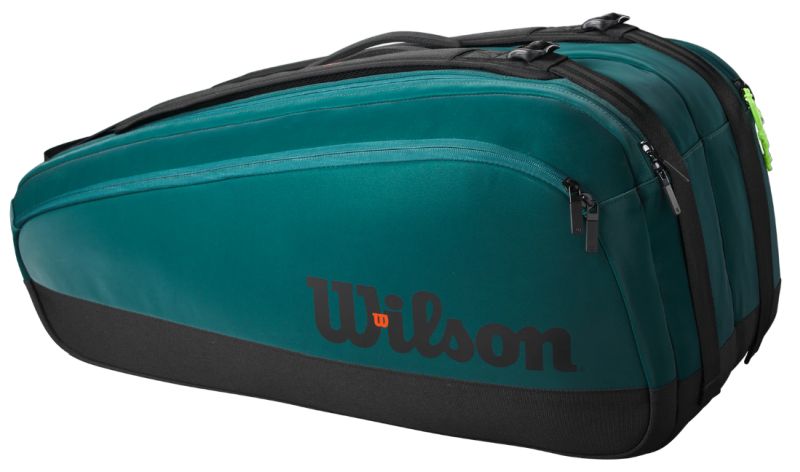WINTER SALE
Promotions

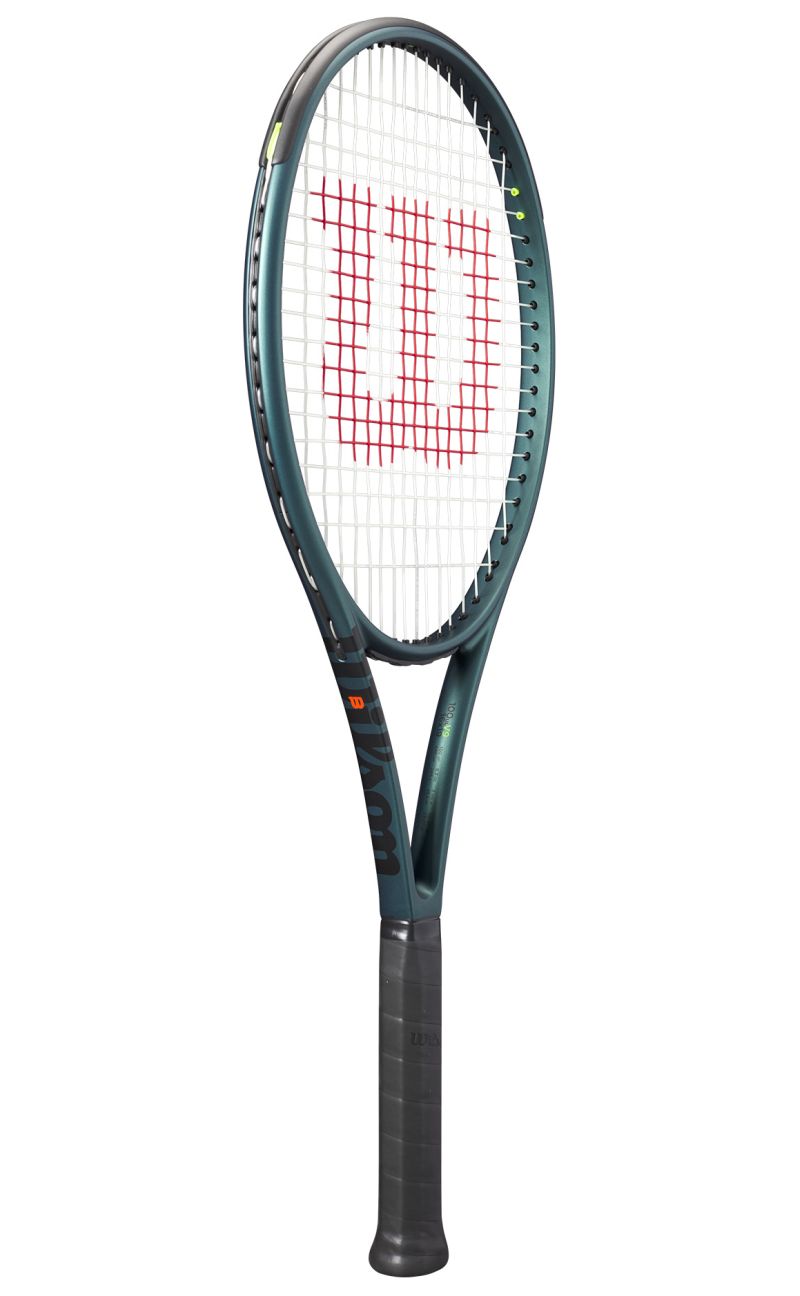
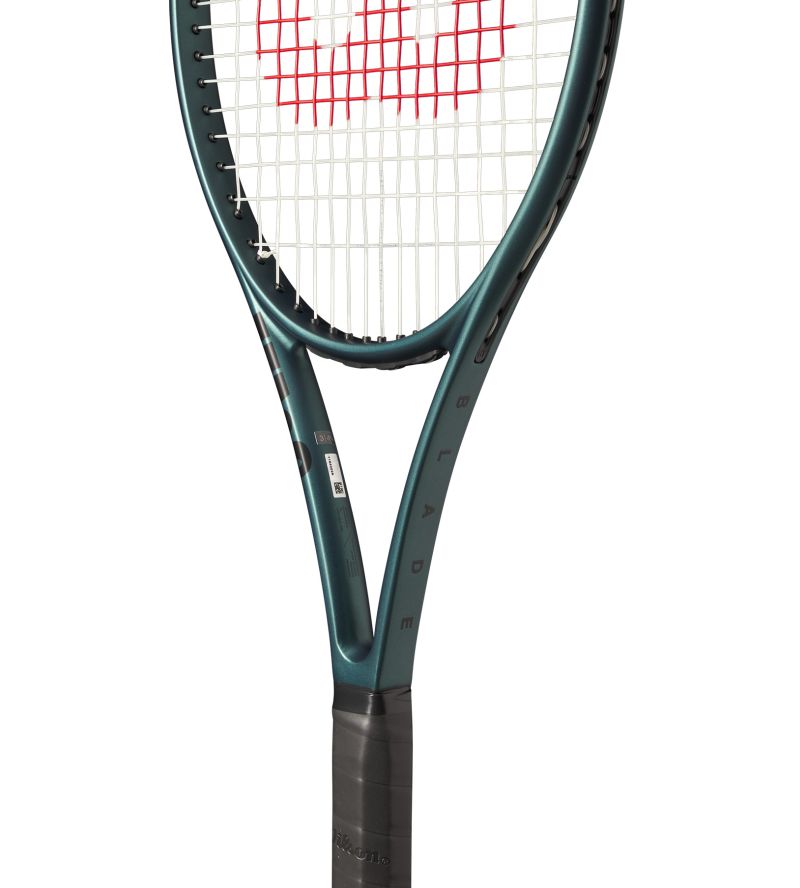

















test123123
254,00 €
167,98 €
Save 34% Lowest price: 173,40 € (-3%)

Balance:
335

Head size (cm2):
645

Weight:
265
Please select a size before adding the product to the cart.
Set recommended by Tennis Zone:
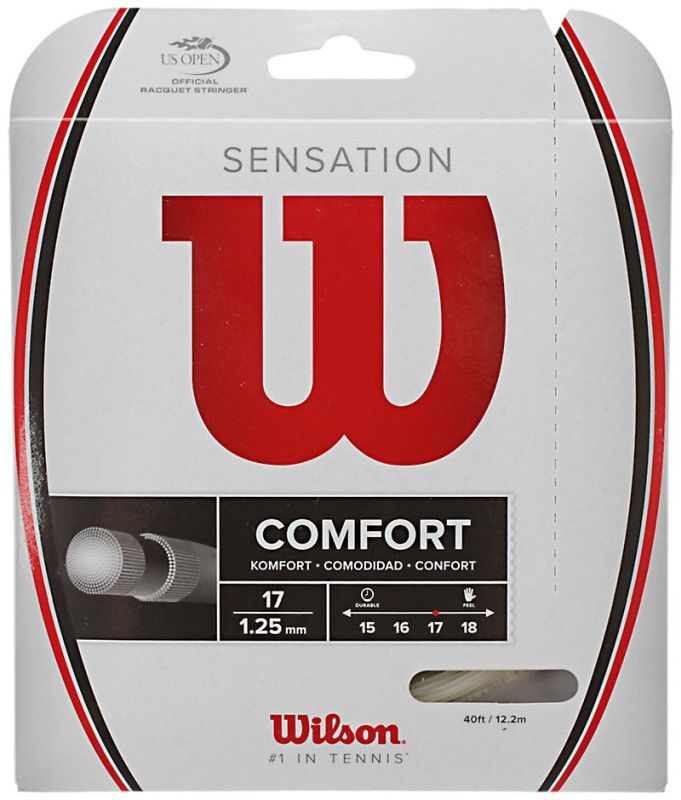
Wilson Sensation (12,2 m)
13.98 €
13.98 €
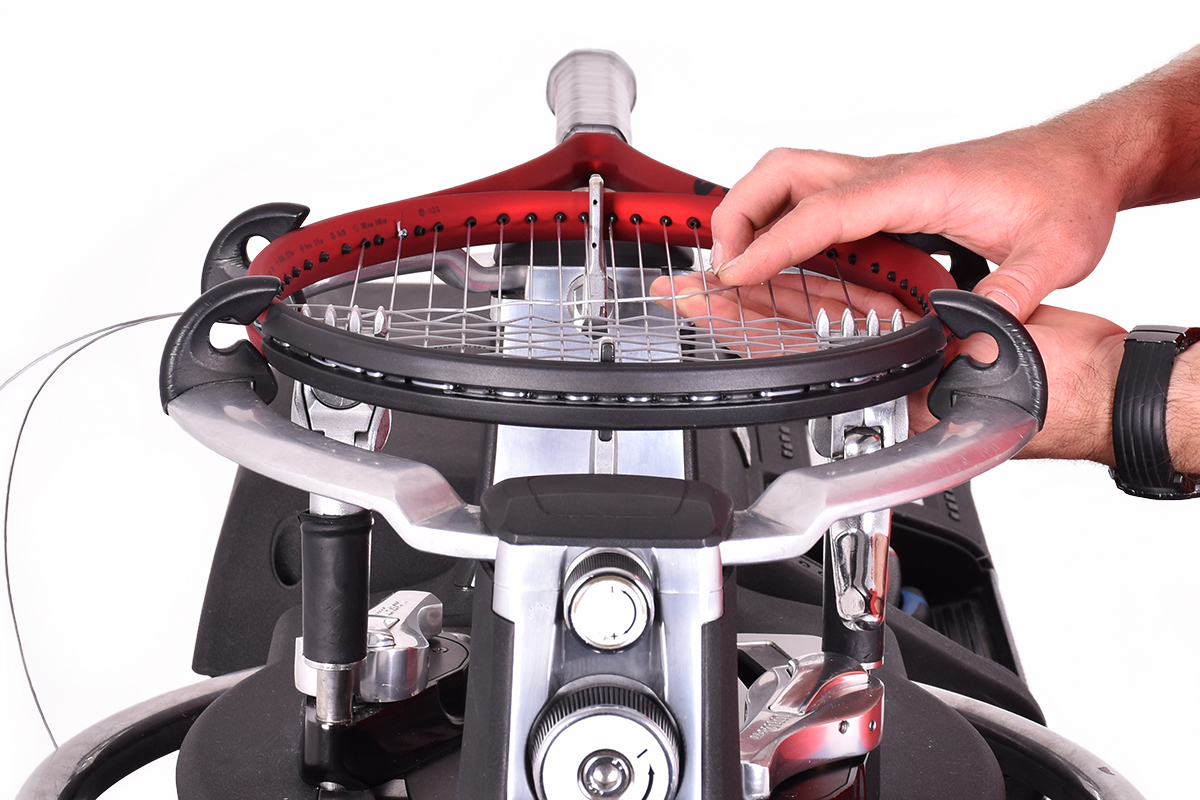
Racket stringing service
13.40 €
13.40 €
Available (4+ pcs.)

Wilson Blade 100UL V9.0 - strung
Select a size to add the product to the cart
254,00 €
167,98 €
Lowest price: 173,40 € (-3%)
Ships Within 24 Hours
Buy and save with Loyalty Program
Match the set:
Tennis Bag
Wilson Blade Super Tour 9PK V9 - green 144.00 € 102.64 €
Informacje o produkcie
Wilson Blade 100UL V9.0 Tennis Racket - Pre-strung
The next generation Wilson Blade 100UL V9.0 tennis racket retains the outstanding feel and precision that the Blade series is renowned for, while incorporating greater stability and strike power with the introduction of the innovative StableFeel technology. With a slightly stiffer and more torsion-resistant frame, it allows for speedier and more dynamic shots. The lightest Blade model, the 100UL, is an excellent developmental choice for novice players, women, or competitive junior players. It combines superior maneuverability with extensive feel and high-level control, making it the perfect tool for enhancing skills.Key Features and Technology Used:
- BRAIDED GRAPHITE + BASTALT: The intertwined basalt fibers with carbon fibers provide exceptional flexibility, ensuring a better ball-string interaction, feel, and control. - PARALLEL DRILLING: The grommet construction reduces the friction between the string and the frame at crucial points, which expands the racket's sweet spot. - FORTYFIVE: This technology increases the racket's stability while making it more flexible, meeting the demands of modern tennis. - ERGONOMIC END CAP: An ergonomic end cap at the lower part of the handle heightens comfort and improves playability. - DIRECT CONNECT: A novel way of connecting the handle to the end cap using a carbon fiber layer enhances the feel and torsional stability of the racket. - STABLEFEEL: Boosts the frame's resistance to twisting and bending without sacrificing comfort, leading to improved feel and acoustics at ball contact as well as enhanced stability and strike power. The racket comes factory-strung with Wilson Sensation 1.25mm string.
Wilson Blade 100UL V9.0 Tennis Racket - Pre-strung
The next generation Wilson Blade 100UL V9.0 tennis racket retains the outstanding feel and precision that the Blade series is renowned for, while incorporating greater stability and strike power with the introduction of the innovative StableFeel technology. With a slightly stiffer and more torsion-resistant frame, it allows for speedier and more dynamic shots. The lightest Blade model, the 100UL, is an excellent developmental choice for novice players, women, or competitive junior players. It combines superior maneuverability with extensive feel and high-level control, making it the perfect tool for enhancing skills.Key Features and Technology Used:
- BRAIDED GRAPHITE + BASTALT: The intertwined basalt fibers with carbon fibers provide exceptional flexibility, ensuring a better ball-string interaction, feel, and control. - PARALLEL DRILLING: The grommet construction reduces the friction between the string and the frame at crucial points, which expands the racket's sweet spot. - FORTYFIVE: This technology increases the racket's stability while making it more flexible, meeting the demands of modern tennis. - ERGONOMIC END CAP: An ergonomic end cap at the lower part of the handle heightens comfort and improves playability. - DIRECT CONNECT: A novel way of connecting the handle to the end cap using a carbon fiber layer enhances the feel and torsional stability of the racket. - STABLEFEEL: Boosts the frame's resistance to twisting and bending without sacrificing comfort, leading to improved feel and acoustics at ball contact as well as enhanced stability and strike power. The racket comes factory-strung with Wilson Sensation 1.25mm string.
Guaranteed originality
Each offer available in the Tennis Zone is an original product, coming directly from manufacturers or trusted distributors.
-5%
Subscribe to newsletter
Save a 5%
Sign up for the free newsletter and do not miss any promotions and news, as well as individual offers from our store.

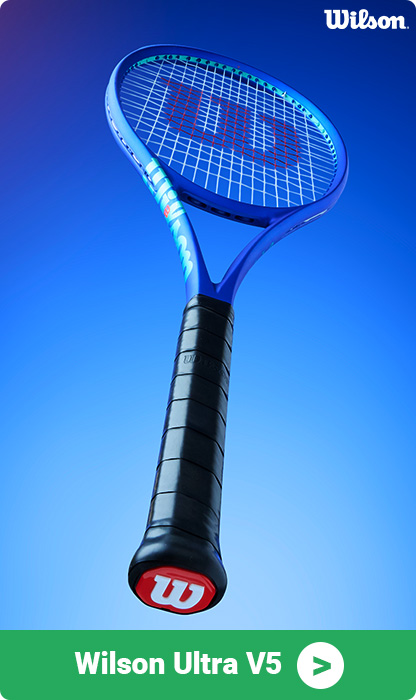

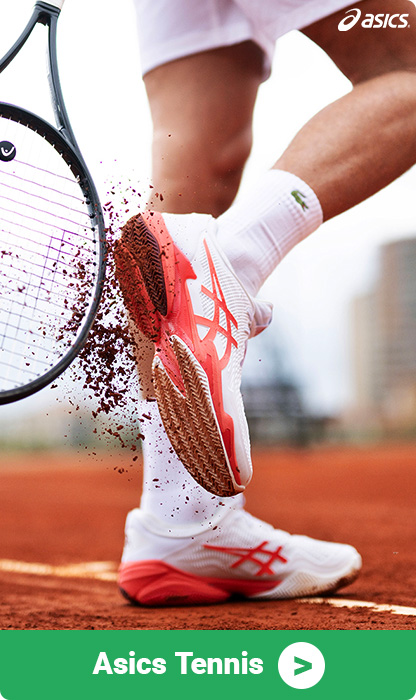
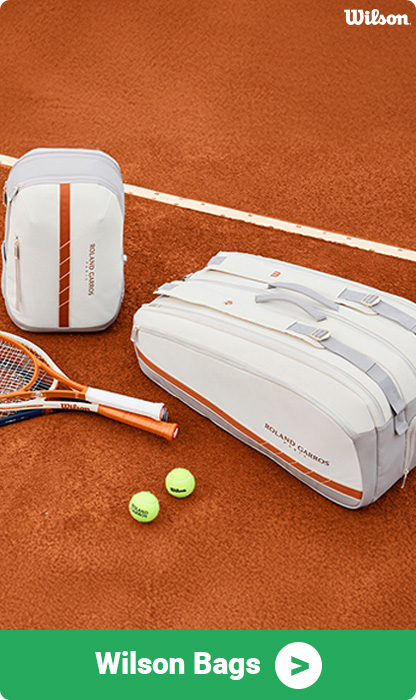
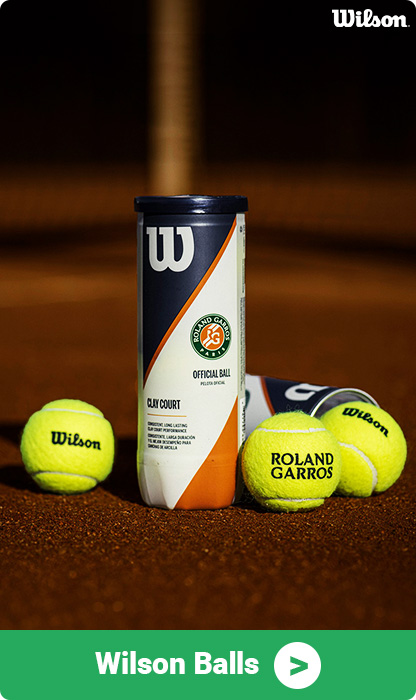
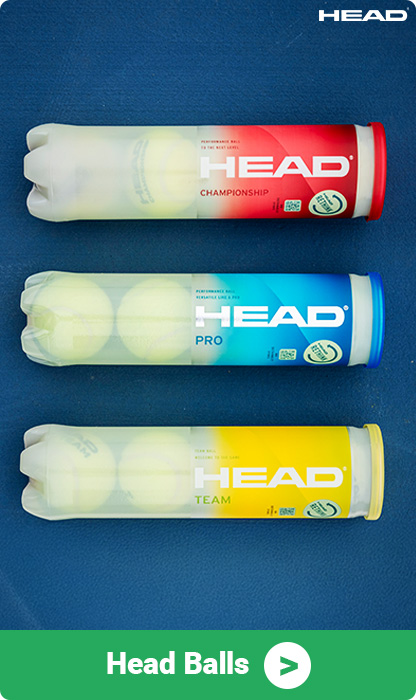
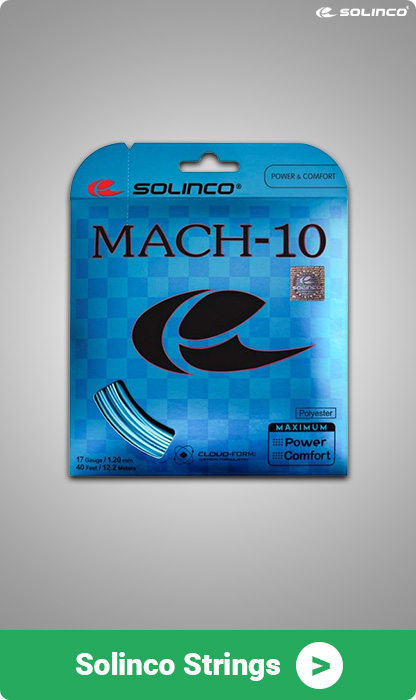
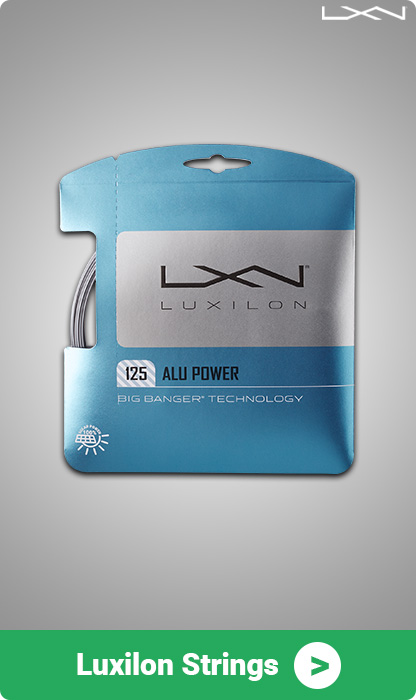
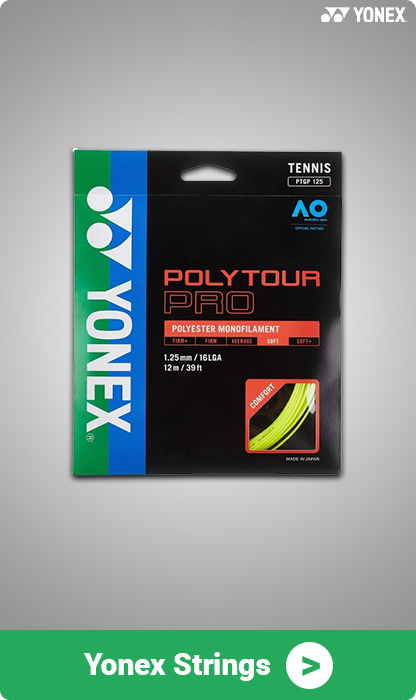













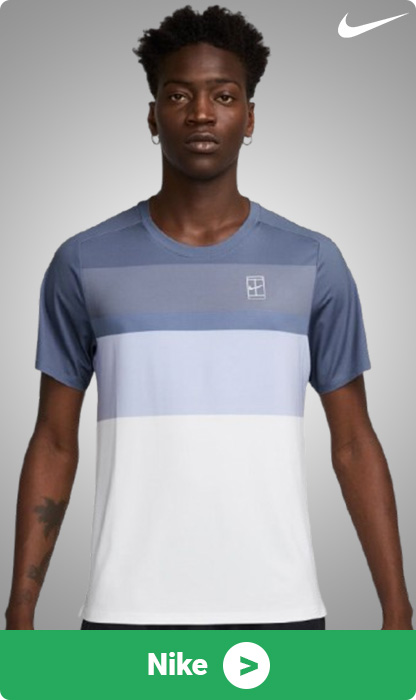
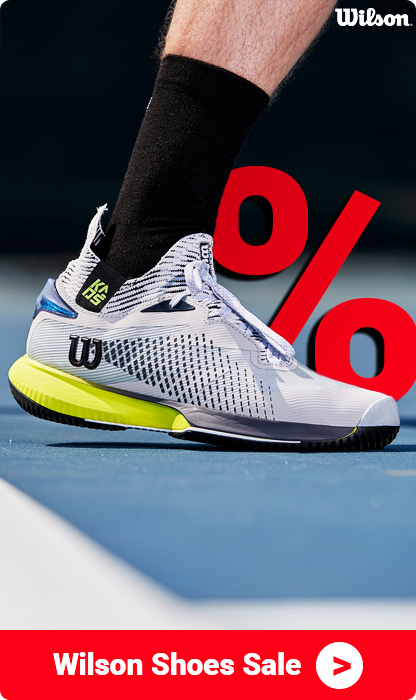
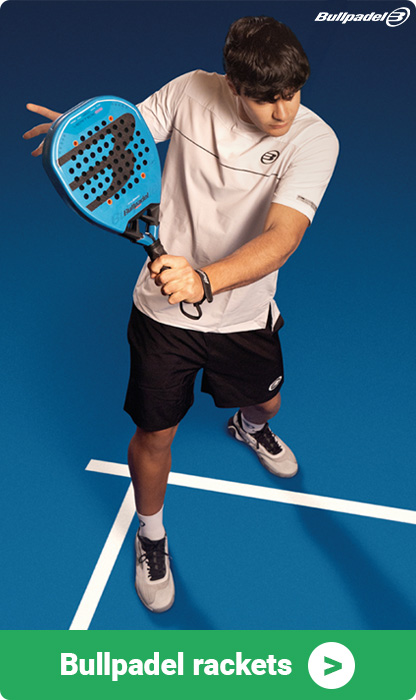
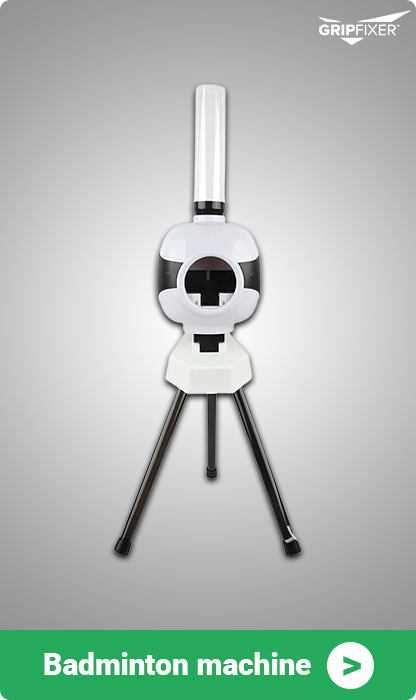
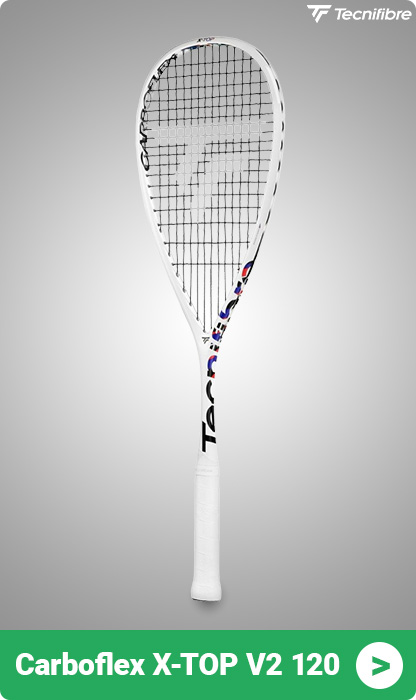
 tennis-zone.eu
tennis-zone.eu 
